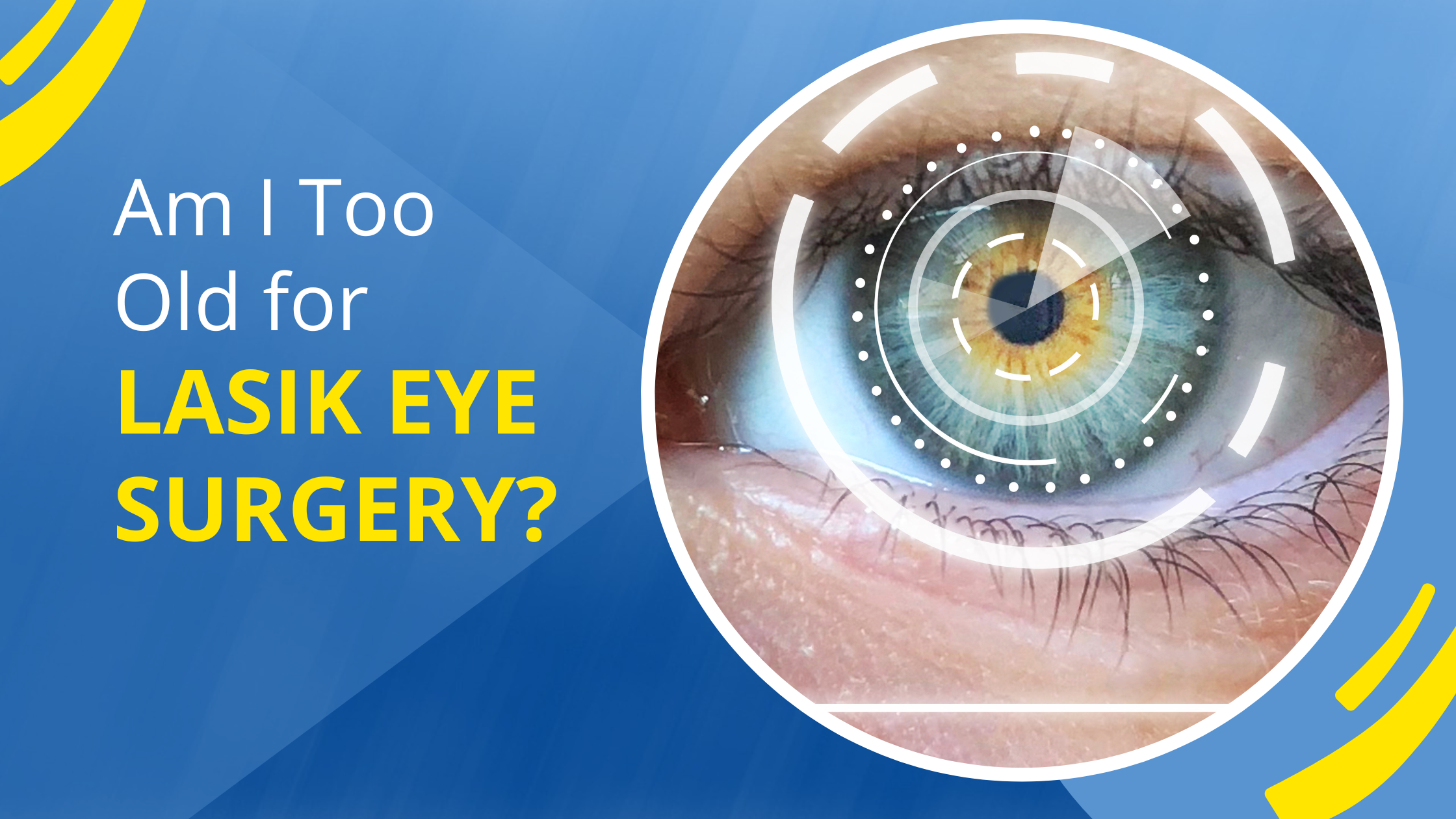
Unlocking Clarity: Understanding LASIK Procedure Details
In the quest for clear vision and freedom from glasses or contact lenses, LASIK surgery stands out as a transformative solution. This article provides an in-depth look into the intricacies of the LASIK procedure, offering insights into what individuals can expect from this popular refractive surgery.
The Fundamentals of LASIK Surgery
LASIK, which stands for Laser-Assisted In Situ Keratomileusis, is a surgical procedure designed to reshape the cornea, the transparent front part of the eye. By altering the cornea’s shape, LASIK aims to correct common vision issues such as nearsightedness, farsightedness, and astigmatism. The procedure is renowned for its quick recovery and high success rates.
Preparation and Evaluation
Before undergoing LASIK, individuals undergo a thorough evaluation to determine their eligibility for the procedure. Factors such as overall eye health, corneal thickness, and prescription stability are assessed. A comprehensive eye exam and discussion of medical history help surgeons tailor the procedure to each patient’s unique needs.
The LASIK Procedure Unveiled
LASIK surgery typically takes around 20 minutes per eye. The surgeon starts by creating a thin flap on the cornea using a microkeratome or a femtosecond laser. This flap is then lifted, and a laser precisely sculpts the underlying corneal tissue to achieve the desired shape. The flap is repositioned, acting as a natural bandage for the healing process.
The Role of Advanced Laser Technology
Laser technology is at the heart of LASIK surgery. The precision and accuracy offered by lasers ensure a controlled and predictable corneal reshaping process. Advanced systems, such as wavefront-guided lasers, further enhance outcomes by addressing higher-order aberrations for personalized vision correction.
Immediate Results and Recovery
One of the remarkable aspects of LASIK is the quick recovery time. Most patients experience improved vision immediately after the procedure, with full results becoming apparent within a few days. Mild discomfort, dryness, and temporary fluctuations in vision are common during the initial recovery period.
Postoperative Care and Follow-up
Following LASIK, individuals receive detailed postoperative care instructions. This often includes prescribed eye drops to aid healing and prevent infection. Regular follow-up appointments allow the surgeon to monitor progress and address any concerns. Compliance with postoperative care is crucial for achieving optimal results.
Potential Risks and Considerations
While LASIK is considered safe for the majority of candidates, like any surgical procedure, it comes with potential risks. Dry eyes, glare, halos, and, in rare cases, infection are among the complications that may arise. Thorough discussions with the surgeon about expectations and potential risks are essential before deciding to undergo LASIK.
Candidate Criteria and Eligibility
LASIK is not a one-size-fits-all solution. Ideal candidates are generally over 18 years old, have stable vision prescriptions, and are in good overall health. Pregnant or nursing women are usually advised to wait, as hormonal changes can affect vision stability.
Exploring LASIK Procedure Details Further
For those considering LASIK surgery, it’s crucial to gather comprehensive information. LASIK Procedure Details is a valuable resource offering detailed insights, patient testimonials, and expert advice on what to expect before, during, and after LASIK. Exploring this platform can empower individuals with the knowledge needed to make informed decisions about their vision correction journey.
In conclusion, LASIK surgery provides a pathway to visual freedom for many individuals. Understanding the intricacies of the procedure, from the initial evaluation to postoperative care, is essential for those considering LASIK as a means to achieve clearer, sharper vision.